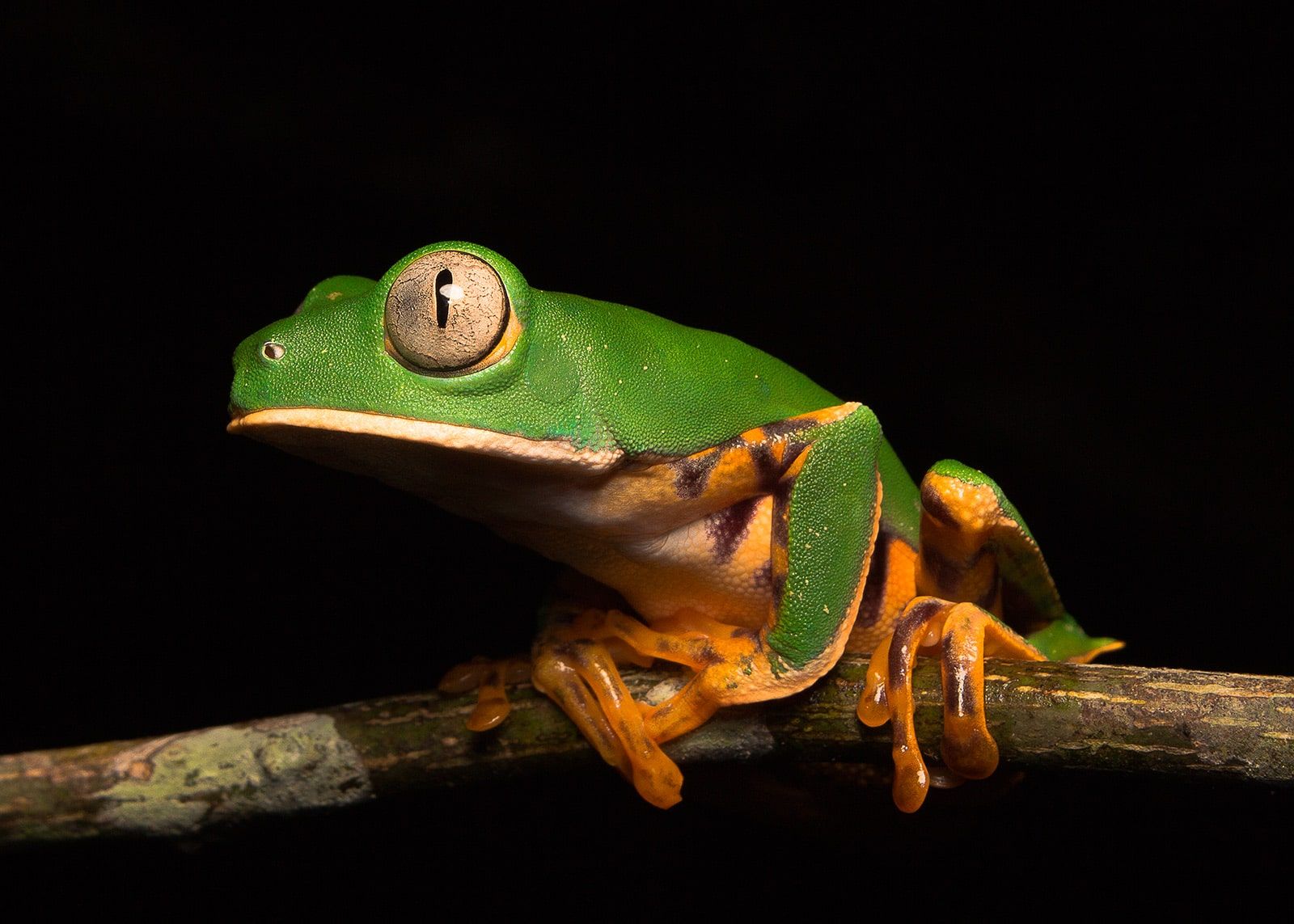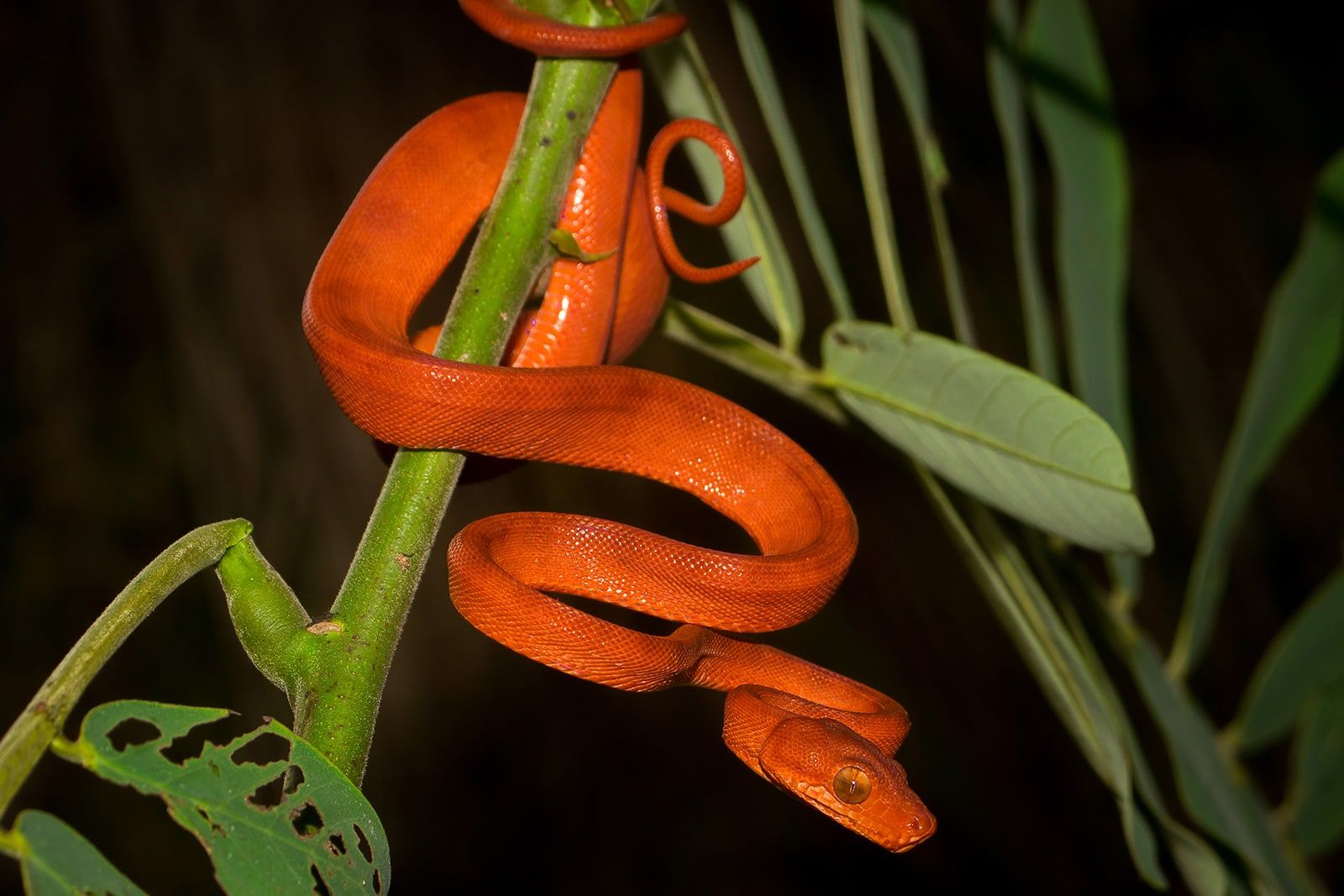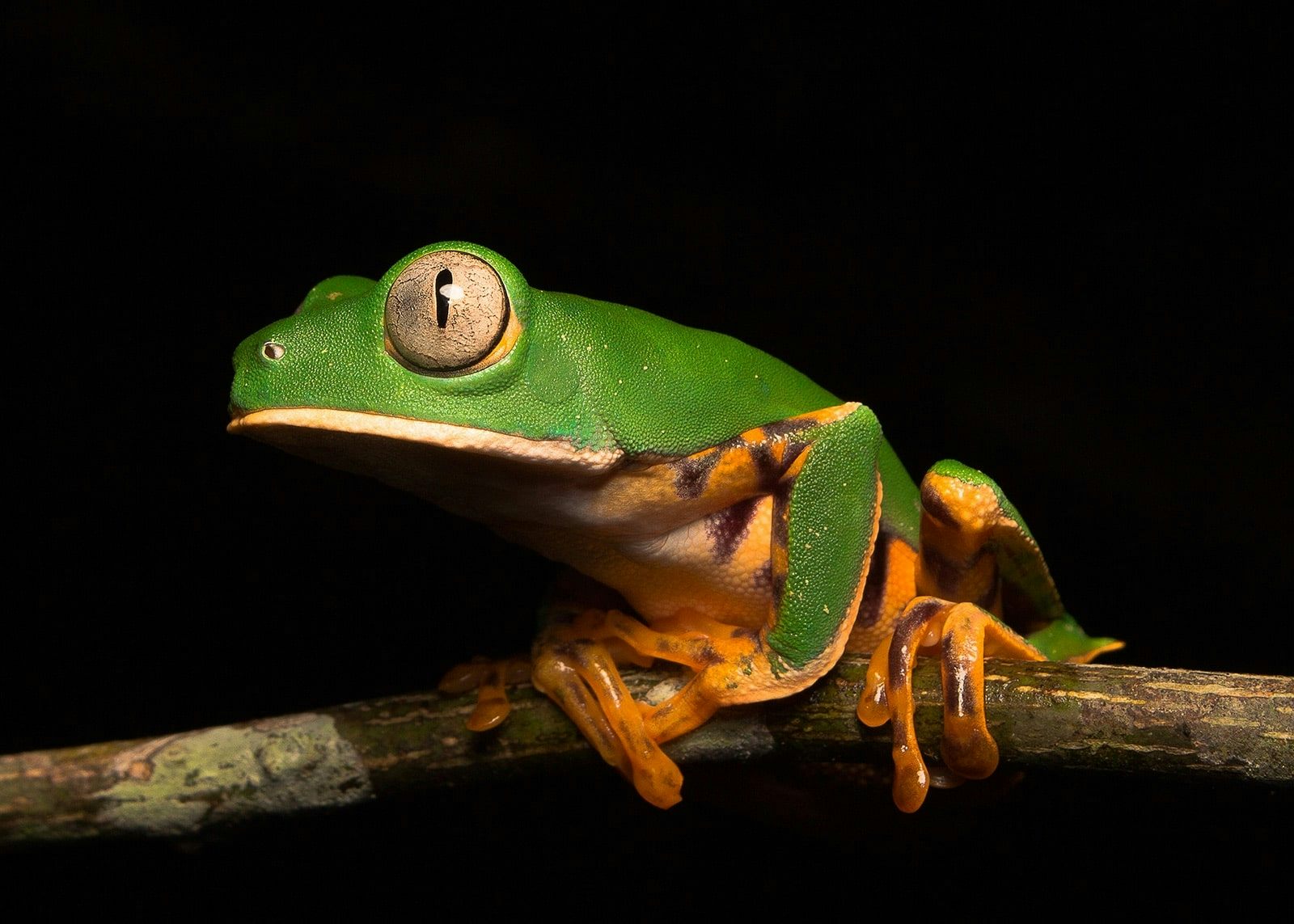By
Through the lens of young Amazonian biologist and photographer Jorge Salvador Pizarro García, Amazonian flora and fauna are not only magnified but celebrated. From brightly colored frogs and snakes to the blooming flowers of medicinal plants and trees, Jorge documents the astonishing diversity of natural life in Peru’s Amazon. The Chaikuni Institute was delighted to recently invite Jorge to photograph a unique portrait series of medicinal Amazonian trees and plants growing at our Permaculture project in the Peruvian Amazon rainforest on land shared with our sister organization, The Temple of The Way of Light. In this exclusive interview, we speak with Jorge on his photographic work and the importance of the Amazon.
CHAIKUNI: Where does your fascination for flora and fauna come from?
JORGE SALVADOR PIZARRO GARCIA: When I was a kid, I always liked to go fishing with my mother. That motivated me to study a degree in biological sciences, it connects me to my family and the forest, which I have always identified with. I specialize in the subject of herpetology, which is the study of amphibians and reptiles such as frogs, toads, snakes, lizards. Culture and religion have made us repudiate these animals. I’ve always asked myself why that is. I have always held a passion towards these animals and so I decided to investigate them. I hope that my work can be a tool to generate information so that our society can get to know their resources. I come from a very small community called Requena in Loreto, and in a certain way, it makes you value many things from the natural world. It is a type of worldview that an Amazonian has.

CHAIKUNI: You recently exhibited your photographic work in Iquitos at the DDC-Loreto. Can you tell me about how your work crosses between science and art?
JORGE: I realize that the scientific world is a very specialized and somewhat closed world. So to make subjects visible in a simple, more didactic way, I thought about photography. I feel that all types of art are based on reality. To me, art is nature. Nature inspires many artists and in many different ways. With ayahuasca, for example, you can enter a world that many consider spiritual, and that is through the means of a vine, through nature. So many artists are inspired by reality and reality is nature. Here in the Amazon, nature is above all the forests, it is an ecosystem. When I take a photograph of a landscape, I am not only seeing a panorama, but also birds, there are amphibians, reptiles, there are myths and legends – there are many things and I try to capture that.

CHAIKUNI: Can you share some of your impressions from working on the medicinal plants project with us at Chaikuni?
JORGE: It was a beautiful project. It really puts the spotlight on the diversity of plants that you can have in a forest. It’s incredible that a certain piece of land or area can have so many medicinal plants. I was in wonder. With nature, one gives what one receives – and I felt that Chaikuni Institute has always given good energies to the area, you can feel that there are strong energies with regards to the plants.
“Plants represent a very important energy that we have to take care of.”
CHAIKUNI: Yes, reciprocity with nature.
JORGE: It’s good. Happiness comes more from a state of mind, a state of energy. Our bodies are made of energy and nature is the same. So if you transmit positive energies, nature will return it and transmit it to you, she will offer you tranquility in a certain way.
CHAIKUNI: More and more scientific studies are being made on the sentience of plants.
JORGE: Yes. There are studies showing that plants are interconnected and related through their roots, and this generates a harmony in the forest. The plants are also part of the food chain, they are the primary producer at the base of the food chain. So plants represent a very important energy that we have to take care of.
CHAIKUNI: What do you think of the threats which the Amazon faces today, and the damage being done to Amazonian biodiversity through extractive activities?
JORGE: The issue of deforestation is a very complex issue. The best tool to combat that is education. It implies a culture of reading, informing oneself about what is happening in the Amazon. Loreto is one of the regions with the highest rate of illiteracy, so from that point of view, I think we should improve on that. A new era, a new change must be made now.
CHAIKUNI: Why is the Amazon so important?
JORGE: It’s one of the most diverse places in the world with an incredibly important biodiversity. It has important resources like water, which is the main source of life for all living beings. Without water, there is no life. We have to conserve, preserve and in a certain way manage our resources in the Amazon. There are particular ways of life here too, for example the ways of life of indigenous peoples – a civilization in contact with nature. They have a valuable way of life, as well as valuable traditions and cosmovisions. And above all, they understand how important it is to manage natural resources responsibly.
Coming Soon: The full series of over 100 Amazonian Medicinal Plants & Trees By Jorge Salvador Pizarra Garcia, photographed at The Chaikuni’s Institute Permaculture site in the Peruvian Amazon will soon be viewable from a dedicated web page. Stay tuned!

